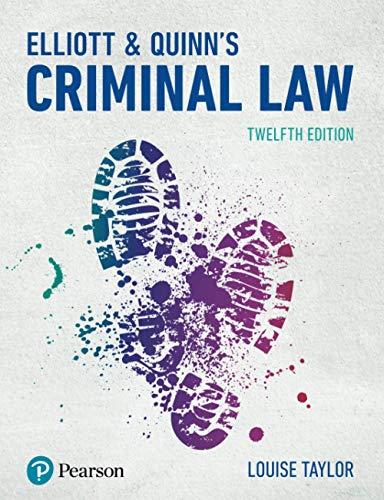Question
Use the following documents to assist you with answering these questions: National Quality Framework for Early Childhood Education and Care National Quality Standard NQS The
Use the following documents to assist you with answering these questions:
National Quality Framework for Early Childhood Education and Care
National Quality Standard NQS
The Early Years Learning Framework EYLF
Victorian Early Years Learning and Development FrameworkVEYLDF
Developmental milestones
Service Nutrition policy
Australian Guide to healthy eating https://www.eatforhealth.gov.au/guidelines/australian-guide-healthy-eating
Scenario
You are an educator in the Kindergarten room of a large long day care service.Siblings Thomas (5yrs) and Lee (3yrs) are new to the service and are both in the Kindergarten room.They attend 5 days a week and arrive around 8.15am each day and leave at approximately 5.30pm. It has taken time to settle them in to care over the past 2 weeks as they have never been away from their family before, the family has a Vietnamese cultural back ground
On enrolment you discover that they are lactose intolerant and drink coconut milk. When talking to the children they tell you their favourite foods are noodles, chicken and fruit (especially apple and pears).
Each day the children arrive with their mum and are often eating a packet of Tiny Teddy biscuits as they enter the room.Mum had said she hasn't got time to make the children breakfast in the morning as the children take so long to wake up, so this is their breakfast. She adds that the biscuits are the only way to stop Lee from crying when coming to the service.
The mother has asked about the meals at the services as the children often seem hungry when they get home.
She asks if she can give the cook her recipe for noodles and chicken so her children will eat and not be hungry.
Part 1 - Respond in detail to each of the questions below: Questions are modified
1.How would you ensure the children's individual likes and dislikes have been met in relation to food?
2.How would you find out what ingredients are in the foods that they like to eat?
3.What or how could you provide the family with information about healthy food choices?
(Ensure you address your concerns about biscuits & coconut milk for breakfast)
4.What are the dietary implications for Thomas and Lee if they continued to maintain a diet of tiny teddy biscuits, coconut milk and fruit for an extended period of time? consider developmental milestones/brain development
5.How would you support the children to have food and drink that follows the Australian Guide to Healthy Eating?
6.List the articles number/s and describe what is said in the UN RIGHTS OF THE CHILDREN and in the Code of Ethics that relate specifically to food and water for children.
Part 2 - Develop a menu for these 2 children for one day that meets their family requests, the children's allergies and likes that demonstrate healthy food choices - include morning tea, lunch and afternoon tea.
Ensure you cover all food groups.
What NQS standard and element needs to be considered when developing menus for children?
Identify how your menu meets the daily recommendations for healthy eating by giving an example from each of these following documents:
-Dietary Guidelines for Children and Adolescents in Australia
-Australian Guide to Healthy Eating
-Get Up and Grow: Healthy Eating and Physical Activity for Early Childhood resources
Step by Step Solution
There are 3 Steps involved in it
Step: 1

Get Instant Access to Expert-Tailored Solutions
See step-by-step solutions with expert insights and AI powered tools for academic success
Step: 2

Step: 3

Ace Your Homework with AI
Get the answers you need in no time with our AI-driven, step-by-step assistance
Get Started


